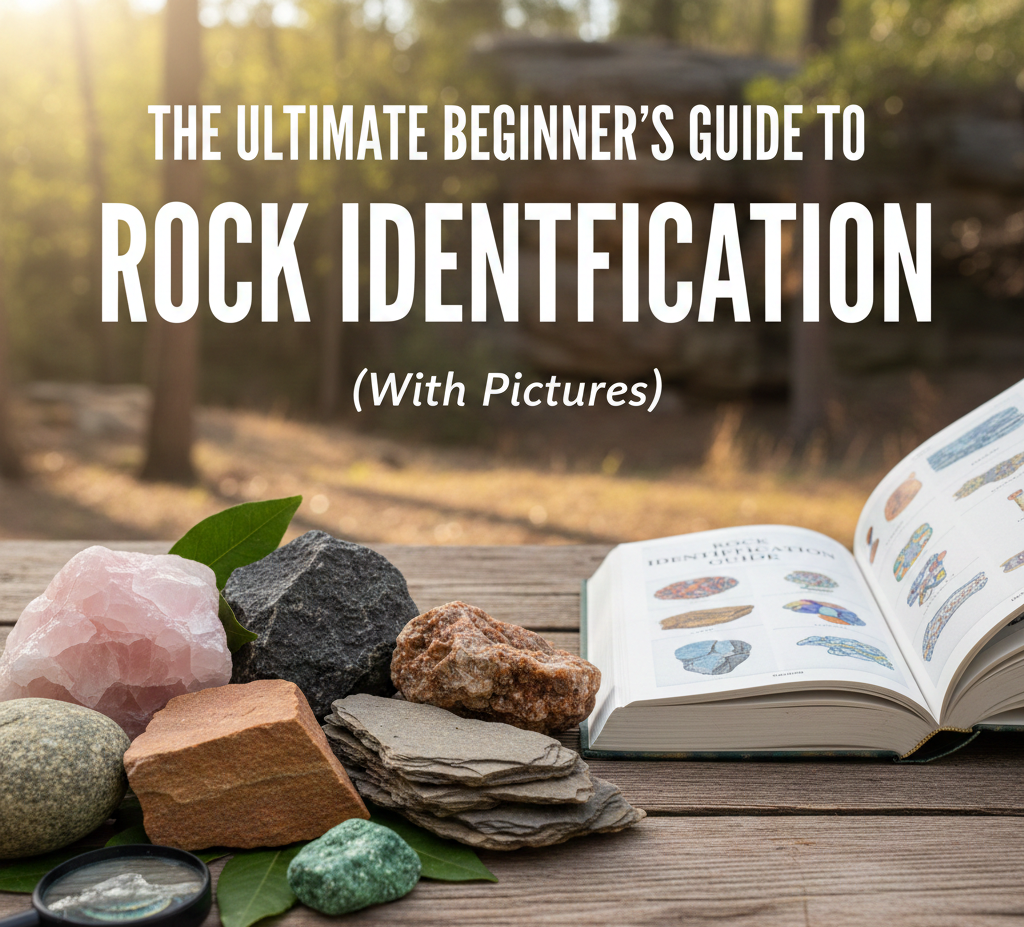Understanding Geothermal Energy
Geothermal energy originates from the radioactive decay of minerals and the original formation of the planet. This heat is continuously produced inside the Earth, creating a vast and virtually untapped reservoir of energy. The Earth’s core, where temperatures can exceed 5,000°C, is the primary source of geothermal energy.
Geothermal Reservoirs
Geothermal power is primarily harnessed from geothermal reservoirs. These are areas with naturally elevated subterranean temperatures that can be accessed to extract heat. Geothermal reservoirs are typically found at tectonic plate boundaries where volcanic activity is common or in regions with a thin crust.
Types of Geothermal Plants
Geothermal energy is extracted and converted into electricity through three main types of power plants: Dry Steam Plants: These use steam from the ground directly to drive turbine generators. Flash Steam Plants: The most common type, where high-pressure hot water from deep underground is brought into lower-pressure environments at the surface, causing it to vaporize or “flash” into steam to drive a turbine. Binary Cycle Plants: These operate with water at lower temperatures. Heat from the geothermal water is transferred to a secondary fluid with a lower boiling point, which vaporizes and turns the turbine.
Drilling and Extraction
Drilling is the first physical step in accessing geothermal energy. Wells can be drilled up to several kilometers deep to tap into geothermal reservoirs. The drilled wells bring hot water and steam to the surface, where it can be utilized to generate electricity.
Power Generation
In all types of geothermal plants, the extracted steam rotates turbines connected to generators, producing electricity. The steam is then cooled in a condenser, and the condensed water is reinjected into the Earth to sustain the pressure in the reservoir.
Direct Use and Heating Systems
Beyond electricity generation, geothermal energy is directly used for heating purposes. This includes heating buildings through district heating systems, agricultural applications like greenhouse heating, and even in aquaculture for warming fish ponds.
Environmental Impact and Sustainability
Geothermal energy is recognized for its low environmental footprint compared to fossil fuels. The extraction and use of geothermal energy produce very few greenhouse gases. Moreover, the reinjection of water helps maintain the pressure in geothermal reservoirs, making it a sustainable long-term energy solution.
Summary
Geothermal energy exploitation is a sophisticated yet highly effective method for harnessing natural energy. It offers a consistent and sustainable energy source, contributing significantly to renewable energy targets worldwide.
Sources and further reading
https://www.energy.gov/eere/geothermal/geothermal-technologies-office
Detailed information on U.S. initiatives in geothermal research and development, including current projects, funding opportunities, and comprehensive data sets on geothermal resources.
https://www.nrel.gov/geothermal
NREL conducts research on geothermal energy technologies and offers a range of publications and tools. They provide resources on geothermal maps, data simulation and modeling, and performance analysis.
https://www.irena.org/geothermal
Global perspective on geothermal energy use, potential, and policy frameworks. IRENA offers detailed reports on the economic, social, and environmental impacts of geothermal energy development worldwide.
A professional educational association dedicated to the advancement of geothermal development. The site provides access to a wealth of publications, including the “Transactions” which are the proceedings from their annual meeting, as well as educational webinars and workshops.

















































